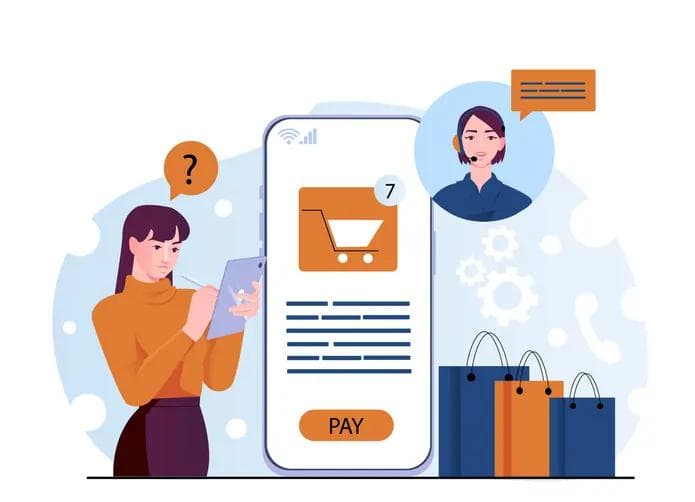Five ways your business is being defrauded and how AP automation can help you stop it
Five ways your business is being defrauded and how AP automation can help you stop it
Published by Jessica Weisman-Pitts
Posted on April 7, 2022

Published by Jessica Weisman-Pitts
Posted on April 7, 2022

By Daniel Ball, SVP of Innovation at Medius
Occupational fraud is nothing new. Yet, it has increased in the last two years on an unprecedented scale as a direct result of Covid-19. The Association of Certified Fraud Examiners (ACFE) reported to the Nation on Occupational Fraud and Abuse that 41.8% of fraud takes place in private businesses. And since only 12% of fraudulent activity is committed by prior offenders, the majority of fraudulent offenses are carried out by seemingly honest employees. This shows no sign of slowing. In fact, payment and invoice fraud are at particular risk of increasing in the next 12 months. Here are five ways businesses are susceptible to defraud and how AP automation can provide the solution.
The payment paradigms matter. Neglecting the small print in fast-pace and large-scale organisations is exactly what fraudsters desire to funnel company money into their personal accounts and as a result, millions are embezzled via vendor fraud because most businesses are oblivious to it.
To combat this, companies must vet their vendors. Start with vendor enrollment and verify mailing addresses, contact numbers, vendor tax identification numbers, points of contact, and bank accounts. Onboarding a vendor as part of your organiations is the first crucial step in rooting out vendor fraud.
But it doesn’t stop there. After you’ve secured your vendors, continue to prioritise the fine print. Build ongoing data analysis via AP automation into your business models to help identify unauthorised payments to unrecognisable accounts, transactions at odd hours of the day, and faraway transactions to unfamiliar countries. Another useful step is to compare your vendor payment pattern with company benchmarks and investigate any unexplained anomalies in vendor profiles and activities.
Knowing where to look is half the problem. The average fraudster holds a senior position and has been employed by the company for at least five years. Therefore, they know how to slip illegal transactions among legitimate ones, which makes invoice fraud detection that much more challenging. Watch out for payments that have been rounded up, duplicate transactions, and very small or very large payment requests. These are all red flags.
Automation is a useful scouting tool. With automation, systems can be customised to keep track of verified transactions. Companies can use these tools to clearly define who controls the purse strings and who authorises payments. This makes transactions more transparent, accessible, and verifiable, which will make it easier for businesses to monitor fraudulent patterns.
According to research from NatWest, fraud costs UK businesses £190 million annually, and 40% of that figure is stolen by staff. Whilst most fraudulent activity is conducted online, companies must be aware that physical cheque-grabs still occur in-transit, as not all businesses have upgraded to a more digitised system. Other methods of cheque fraud include using counterfeit, non-bank issued cheques and forgery.
To eliminate this risk, businesses should opt for digital software. Automated AP enables a highly securitised payments process which prevents fraudsters from manually changing any aspect of invoice data – thus eliminating the risk of paper steals.
Fraudsters need poor compliance procedures to succeed in their illicit behaviour. They tend to intercept email exchanges, or compromise an email account, all of which is made possible with decentralised invoicing. AP Automation solidifies the compliance process, creating a singular channel in which payments are handled, therefore making it harder for fraudsters to tamper with and redirect payment details into their personal accounts.
The increasingly digitised world of work means that fraudulent activity has also becomes more digitised. Overworked and stressed technicians have taken their focus away from securing work systems, in providing work-from-home friendly experiences for company staff. Unfortunately, limited time, resources and hybrid working mean that businesses cannot oversee every payment transaction, which provides the very opportunity fraudsters need to infiltrate networks and exploit private data.
Cloud AP Automation is a game changer in tackling this very problem. It provides a visible and secure environment which users can employ from any location, at any time, as well as a timely and frequent communication channel. This system is based on centrality, transparency, and visibility and allows users to flag irregular transactions as soon as they see them.
AP automation allows finance teams to work in an environment where frequent and real-time data, irregular paradigms and attention to detail can all work together to reduce the risk of defrauding businesses.
Explore more articles in the Business category











